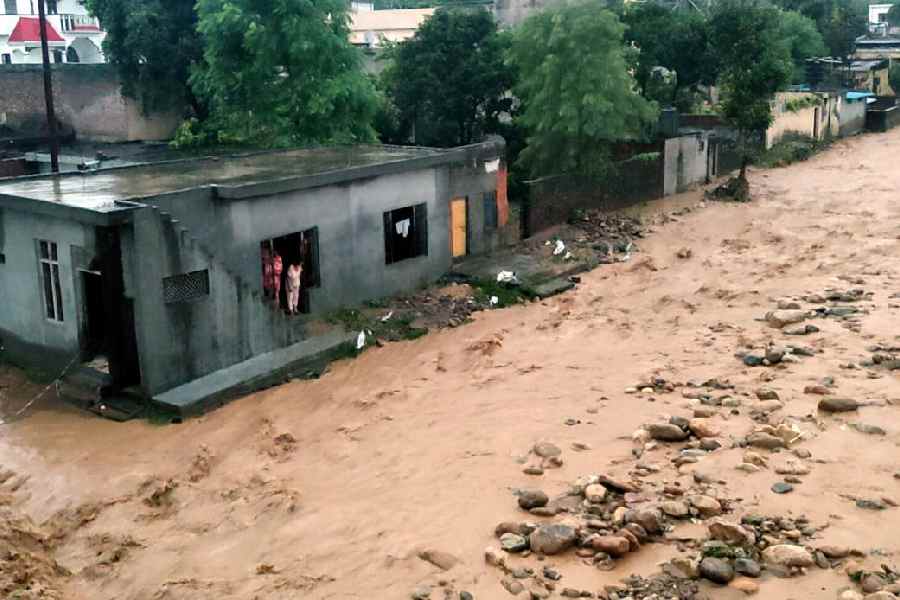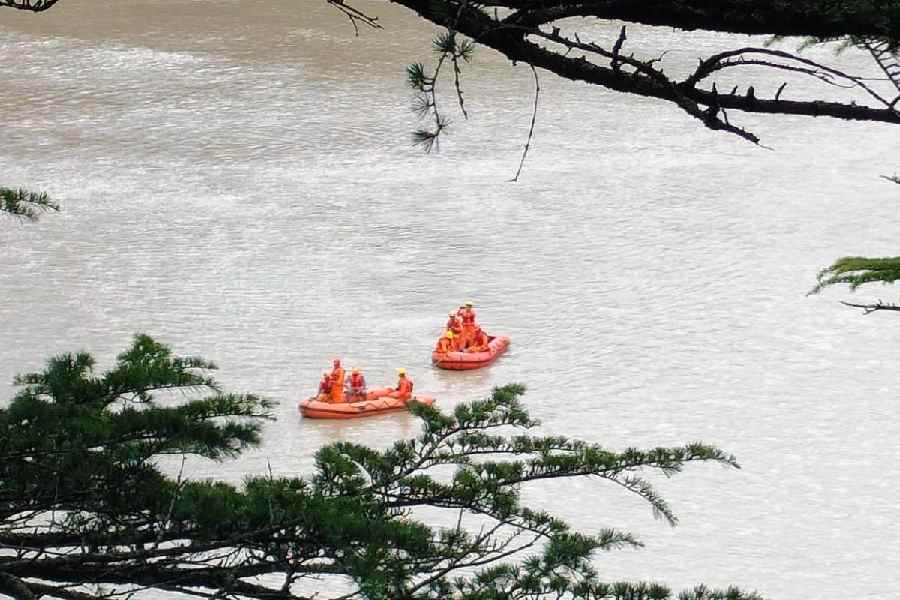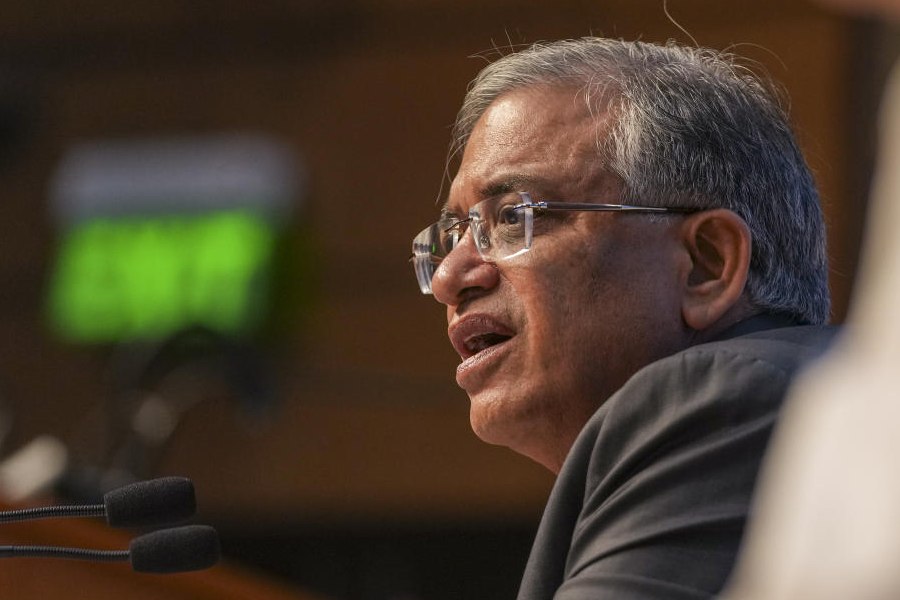 |
The Jayanti forest range covers around 780 sq km. It is about 25km from Alipurduar Junction and 15km from Rajabhatkhawa, which is the forest gate. The dense forest has teak, sal, akasmoni and sirish. Animals like elephant, tiger, leopard, wild dog, barking deer and a variety of birds can be seen.
We took a train to Alipurduar Junction and hired a car to reach Rajabhatkhawa. Autorickshaws are also available. A separate car took us to Jayanti forest.
The distance between Alipurduar Junction and Rajabhatkhawa offers a beautiful view. Though most trains don’t stop at Rajabhatkhawa station, the view makes it worthwhile to take one of the few trains that stop there. The route is through the dense forests of Buxa. A lucky passenger may even spot elephants from the train window.
On one side of the Jayanti forest flows the Jayanti river. It is almost dry most of the year, but fills up in monsoon. One gets a panoramic view of the forest from the banks. Wild animals often cross the river.
Near Jayanti forest are the green hills of Bhutanghat. Dolomite mines like the North Bengal Dolomite Ltd and Jayanti Dolomite Ltd were operational in the hills before but are now closed.
Inside the forests is the cave of Mahakal, one of the 51 satipeeths. A village fair is organised here during Sivaratri.
Going
The best way to reach Jayanti is by train. The Kanchan Kanya Express is a good option. Alipurduar Junction is the nearest railway station. From Alipurduar one can take a car to Jayanti.
Staying
Government bungalows, private lodges and small hotels are available. The government forest lodge at Jayanti can be booked by contacting the DFO, Alipurduar (Jalpaiguri district). The entry fees to Jayanti forest are Rs 10 per person and Rs 25 per jeep. Charges for carrying a still camera are Rs 5 (Rs 300 for a video camera). Guides can be hired for Rs 100.










